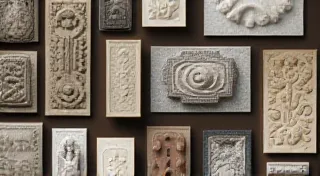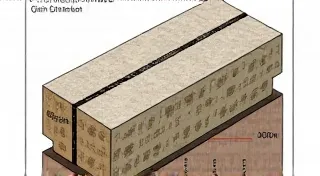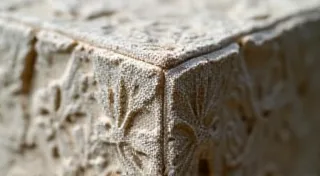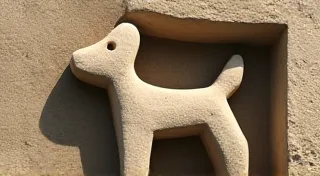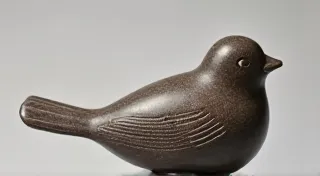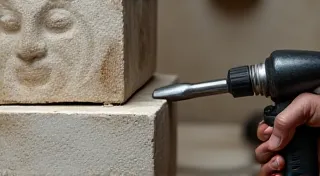Understanding Grain Direction in Stone
Stone carving is a rewarding art form, but it's also one that demands respect and understanding. While many beginners focus on tools and techniques, a crucial element often overlooked is grain direction. Understanding how the stone fibres align significantly impacts your carving process, determining ease of workability, potential for breakage, and ultimately, the aesthetic outcome of your sculpture. This guide will delve into grain direction, explaining what it is, how to identify it in various stone types, and how to leverage it for successful stone carving projects. For those just starting out, you may find our introduction to stone carving a helpful resource.
What is Grain Direction?
Imagine wood; it has a grain, a visual and tactile indication of how the wood fibres run. Stone, though seemingly homogenous, also exhibits a form of grain, though it’s often less obvious. This “grain” isn’s composed of flexible fibres like wood, but rather represents the predominant orientation of the mineral crystals within the stone. These crystals are generally tiny, but their alignment creates a direction of weakness and strength. Carving with the grain (parallel to the crystal alignment) is typically easier and cleaner than carving against it.
It's vital to understand that “grain” in stone isn’t as uniform or predictable as in wood. It can vary within a single block, and different stone types exhibit different grain patterns. Sometimes the grain is visible as subtle banding or layering, while other times it’s only discernible through careful observation and experience.
Think of it this way: carving *with* the grain is like smoothly sliding down a gentle slope. Carving *against* it is like pushing a heavy boulder uphill.
Identifying Grain Direction in Different Stone Types
Identifying grain direction requires practice and keen observation. Here's a breakdown for common stone carving materials:
1. Soapstone (Steatite)
Soapstone is renowned for its relative softness, making it an excellent choice for beginners. Its grain is often quite visible. Look for subtle banding or variations in color. A simple test is to rub the stone with your finger; you’ll generally feel a smoother surface when rubbing with the grain. The grain tends to be more consistent than in many other stone types. Understanding how to work with this grain is crucial, and the principles often extend to other materials.
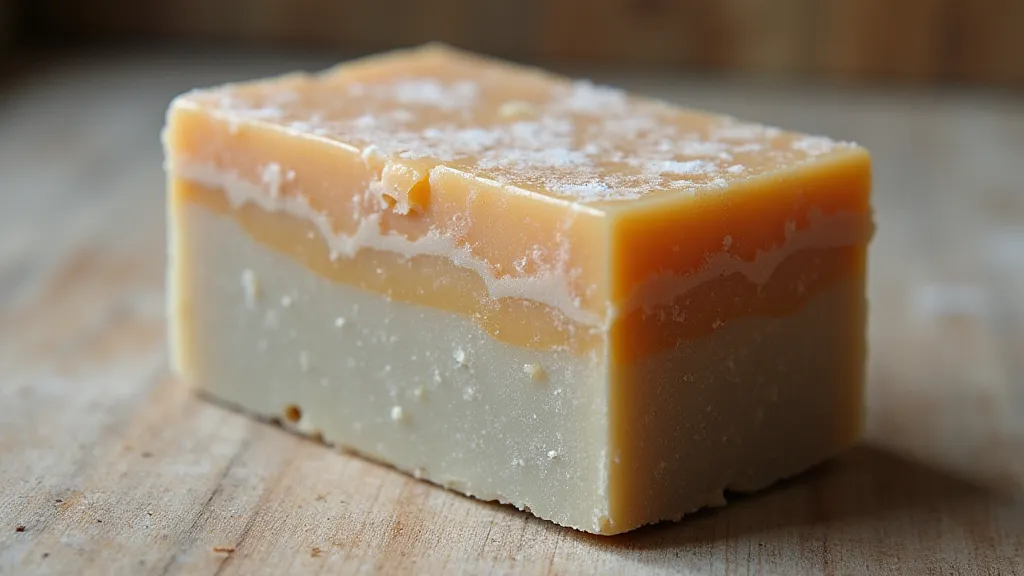
2. Alabaster (Gypsum)
Alabaster, another relatively soft stone, often presents a layered appearance. These layers represent variations in crystal orientation. Like soapstone, a simple touch test can help; the surface will feel smoother when you move with the grain. However, be mindful that alabaster is brittle and prone to fracturing, so gentle handling is crucial. The care needed to avoid breakage can be daunting. Learning to work effectively with this material often requires an understanding of the techniques that minimize chipping and splintering.
3. Limestone
Limestone can be more challenging to read. Its grain is less obvious than in soapstone or alabaster. Look for subtle variations in color and texture. Sometimes the grain will appear as faint lines or streaks. A useful technique is to scratch the surface gently with a sharp tool; the scratch will be cleaner and easier when carving with the grain. While sandstone and limestone share some characteristics, the specific techniques needed for each require a tailored approach. If you’re intrigued by learning more about working with sandstone, you might find our sandstone carving tips useful.
4. Marble
Marble, a metamorphic rock, often exhibits a distinctive veining pattern. This veining, while visually stunning, often reflects the grain direction. The veins generally follow the alignment of the crystal structure. Understanding this grain direction is vital to avoid unwanted splitting or breakage during carving. Careful planning and precise execution are paramount to achieving beautiful results with marble.
6. Sandstone
Sandstone grain is defined by the alignment of the sand grains that compose it. While seemingly random, these grains often exhibit a preferred orientation. This can be observed by examining the surface for subtle layering or banding. The orientation can also influence how the stone erodes, so be mindful of this when planning your carving.
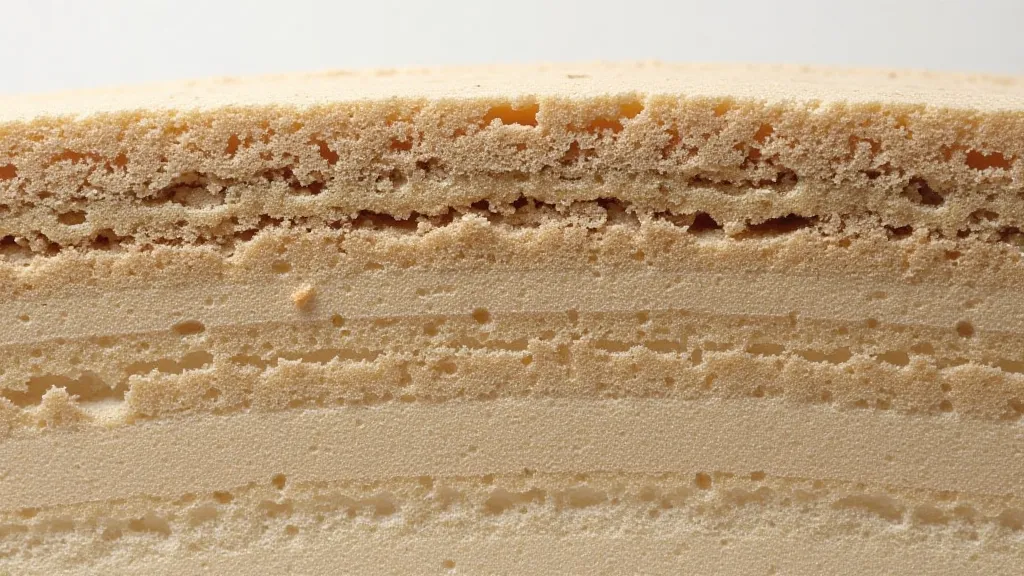
How to Utilize Grain Direction in Your Carving
Once you’re able to identify the grain direction, how do you use this knowledge to your advantage?
1. Planning Your Cuts:
Whenever possible, plan your cuts to take advantage of the grain. Initial roughing-out cuts should ideally follow the grain direction to minimize effort and prevent cracking. Avoid making cuts perpendicular to the grain, especially with harder stones like marble or granite. A poorly planned cut can waste significant time and material.
2. Minimizing Chipping and Splintering:
Carving against the grain often results in chipping and splintering. This is particularly problematic with brittle stones like alabaster and limestone. By understanding the grain, you can anticipate these issues and adjust your technique accordingly. Understanding these material behaviors can also reduce frustration and improve the final product.
3. Achieving Smooth Surfaces:
For a smooth, polished finish, it’s generally best to remove material following the grain. However, the final polishing stages might require you to rotate the stone and approach the surface at different angles to eliminate carving marks. Achieving a high-quality polish requires patience and careful attention to detail.
4. Avoiding Breakage:
Perhaps the most important benefit of understanding grain direction is the ability to prevent breakage. Cutting against the grain creates points of stress that can lead to cracks and even catastrophic failure. Always be aware of the grain's orientation when applying force. Preventative measures, such as careful planning and following the grain, are significantly more effective than trying to repair damage later.
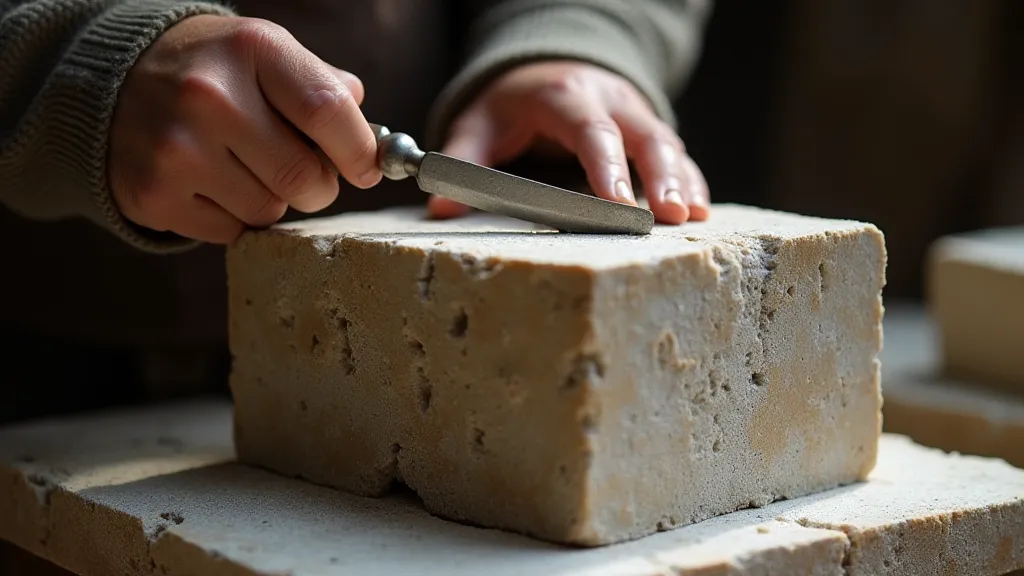
Advanced Considerations and Modern Techniques
While understanding basic grain direction is essential, modern stone carving often involves a combination of traditional methods and power tools. The use of pneumatic tools, diamond blades, and other technologies can significantly alter the way grain is perceived and worked. However, even with these advancements, a solid foundation in the principles of grain direction remains critical. If you’re interested in learning more about these innovative approaches, you might find our modern stone carving techniques particularly insightful.
Dust Control and Safe Practices
Working with stone generates considerable dust, some of which can be hazardous. Proper dust control is essential for both your health and the longevity of your tools. Consider investing in dust extraction systems and wearing appropriate respiratory protection. A clean and safe workspace is conducive to better carving and longer lasting tools.
Practice and Observation
Identifying and utilizing grain direction is a skill that develops with practice. Start with softer stones like soapstone or alabaster, where the grain is more visible. Pay close attention to how the stone responds to your tools. Examine the surface after each cut, noting any signs of chipping, splintering, or cracking. With experience, you'll become more adept at reading the stone and adapting your technique accordingly. Remember, a deeper understanding of the material will always enhance your ability to create beautiful and enduring sculptures. And if you ever encounter issues with dust management, be sure to review our guide on dust control in stone carving.
